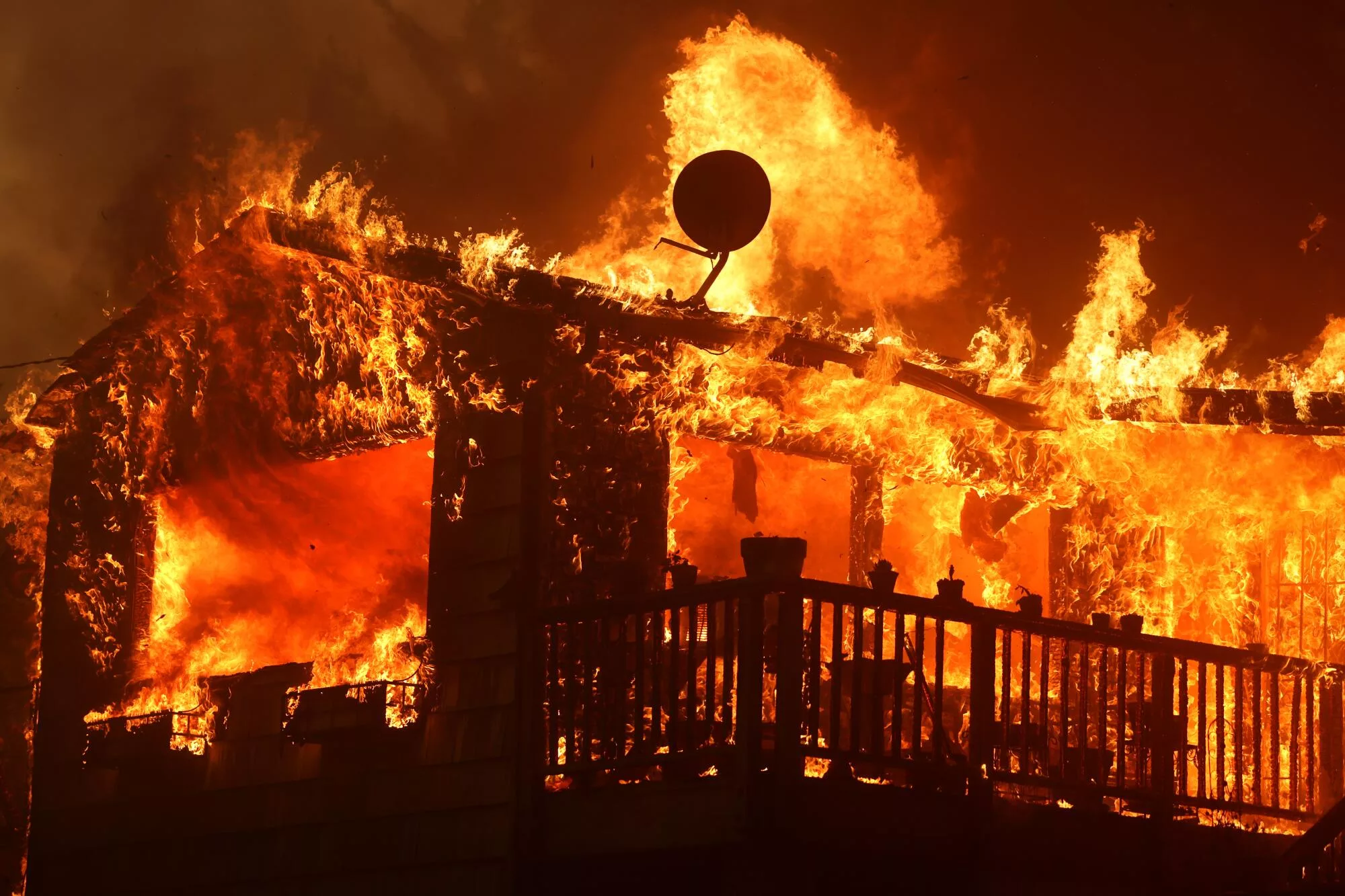Can Sports Stadiums Save Dying Downtowns? A Case Study

Table of Contents
The Economic Impact of Sports Stadiums on Downtowns
The construction and operation of a sports stadium can inject significant capital into a city's economy.
Increased Revenue Streams
The economic benefits can be substantial. A stadium generates revenue through various channels: ticket sales, concessions, parking fees, merchandise sales, and increased tourism. This influx of money boosts local tax revenue, a critical factor for city budgets. Furthermore, stadium construction creates jobs in construction, engineering, and related fields. The ongoing operation of the stadium requires numerous employees, from security personnel and ushers to concessions staff and administrative personnel. The ripple effect extends to surrounding businesses, creating jobs in hotels, restaurants, and other service industries catering to visitors and stadium employees.
- Increased property values: Proximity to a stadium can drive up property values in surrounding neighborhoods.
- Growth of small businesses: Local businesses often see increased foot traffic and sales on game days and during other stadium events.
- Enhanced employment opportunities: The stadium creates a multitude of jobs, both directly and indirectly, boosting local employment rates.
Successful examples include the impact of the new Yankee Stadium in the Bronx, which spurred significant redevelopment in the surrounding area.
Potential for Economic Leakage
However, the economic benefits aren't always guaranteed. A significant portion of stadium revenue might flow out of the local economy, a phenomenon known as economic leakage. For example, concessions might source food and beverages from outside the city, or visitors might spend their money at chain stores rather than locally owned businesses. This leakage undermines the potential for creating sustainable economic growth.
To minimize this, cities need to actively promote local sourcing for stadium supplies, partner with local businesses to offer goods and services within the stadium and its surrounding areas, and implement strategies to encourage visitor spending within the local economy.
- Importance of local business involvement: Prioritizing local vendors for concessions and merchandise is crucial.
- Strategies to retain revenue within the community: Incentivizing spending at local businesses through partnerships and promotions is vital.
- Drawbacks of relying solely on stadium revenue: Stadium revenue should be considered one piece of a larger economic development strategy, not the sole solution.
The Social Impact of Sports Stadiums on Urban Renewal
Beyond the economic impact, sports stadiums can have significant social consequences on urban renewal efforts.
Community Gathering Spaces and Civic Pride
Sports stadiums are more than just venues for games; they can serve as vibrant community gathering spaces. They host concerts, festivals, and other events, drawing people together and fostering a sense of shared experience. This increased community engagement can lead to a stronger sense of civic identity and pride, uniting residents around a shared symbol and creating a more cohesive community.
- Increased community engagement: Stadiums can host a wide array of community events, bringing residents together.
- Improved social interaction: Shared experiences at games and other events foster social connections.
- Fostering a sense of belonging: A successful stadium project can help build a stronger sense of community pride and identity.
Potential for Gentrification and Displacement
However, stadium construction can also lead to unintended negative social consequences. The influx of investment and rising property values in the surrounding area might displace lower-income residents and long-established businesses, leading to gentrification. This can cause social disruption and exacerbate existing inequalities. Careful planning and mitigation strategies are essential to avoid this pitfall.
- Need for affordable housing initiatives: Investing in affordable housing options is crucial to prevent displacement.
- Community engagement strategies: Involving local residents in the planning process is vital to address their concerns and needs.
- Importance of inclusive development plans: Development plans must prioritize inclusivity and avoid exacerbating existing social inequalities.
Case Study: Baltimore – A Cautionary Tale?
Baltimore's Oriole Park at Camden Yards, while considered a success in many aspects, offers a nuanced case study. While the stadium spurred significant revitalization efforts in the surrounding Inner Harbor area, attracting investment and creating jobs, it also faced criticisms regarding displacement of existing residents and businesses and a lack of affordable housing options in the newly developed areas. This highlights the need for careful planning and community involvement to ensure a more equitable outcome. While the stadium undoubtedly contributed to the city's economic growth, it also amplified existing inequalities, demonstrating the importance of proactive measures to address potential downsides. Analyzing post-construction data on property values, business growth, and resident displacement in the Camden Yards area provides crucial insights into the complexities of stadium-led revitalization.
Conclusion: Sports Stadiums and the Future of Downtown Revitalization
This case study and the broader discussion demonstrate that while sports stadiums can contribute significantly to saving dying downtowns, they are not a panacea. Strategic planning, community engagement, and proactive measures to mitigate potential negative social and economic impacts are crucial for harnessing the potential of sports stadiums as a catalyst for urban renewal. Sports stadiums can contribute to saving dying downtowns, but only with careful consideration of potential downsides and a focus on inclusive growth strategies. Learn more about successful strategies for integrating sports stadiums into urban renewal plans and discover how your city can leverage this potential.

Featured Posts
-
 Shane Lowrys Supportive Message To Rory Mc Ilroy After The Masters A Testament To Their Friendship
May 11, 2025
Shane Lowrys Supportive Message To Rory Mc Ilroy After The Masters A Testament To Their Friendship
May 11, 2025 -
 The Enduring Appeal Of Meeting Shane Lowry
May 11, 2025
The Enduring Appeal Of Meeting Shane Lowry
May 11, 2025 -
 Is A Crazy Rich Asians Series Really Happening Your Questions Answered
May 11, 2025
Is A Crazy Rich Asians Series Really Happening Your Questions Answered
May 11, 2025 -
 Mtv Cribs Examining The Architecture And Design Of Celebrity Homes
May 11, 2025
Mtv Cribs Examining The Architecture And Design Of Celebrity Homes
May 11, 2025 -
 The Los Angeles Wildfires A Reflection Of Societal Shifts And The Rise Of Disaster Betting
May 11, 2025
The Los Angeles Wildfires A Reflection Of Societal Shifts And The Rise Of Disaster Betting
May 11, 2025
